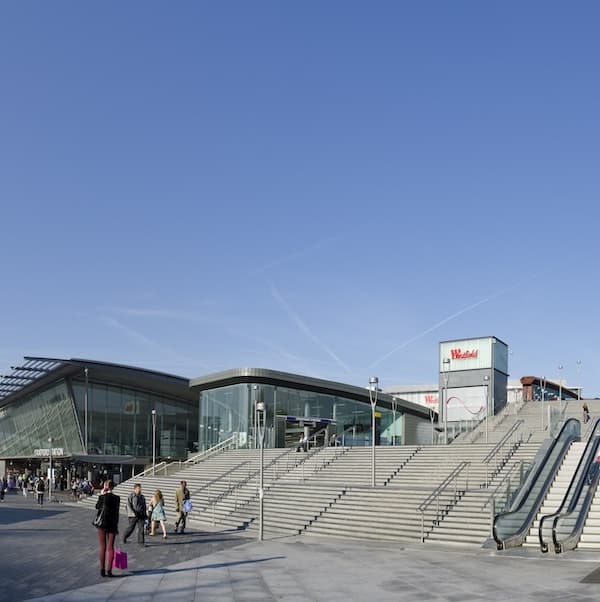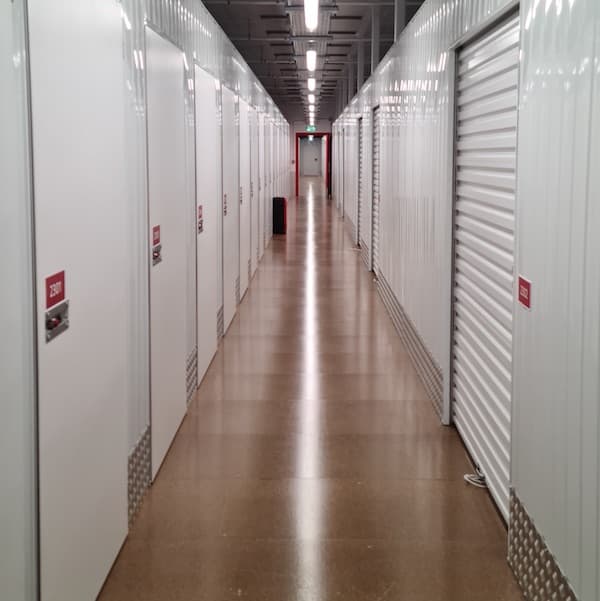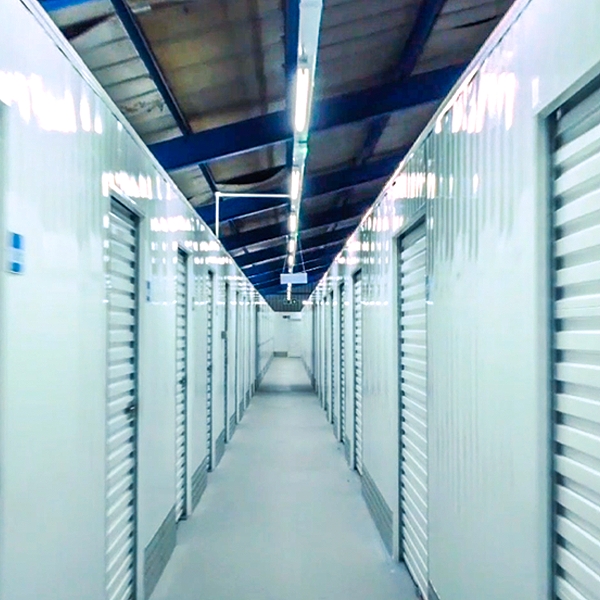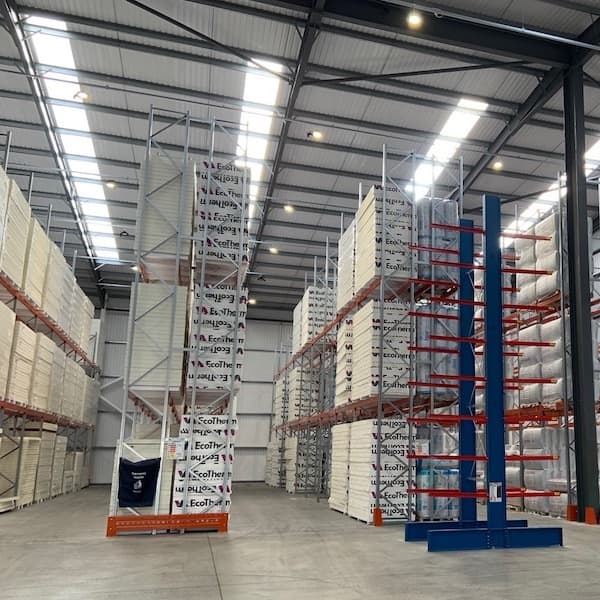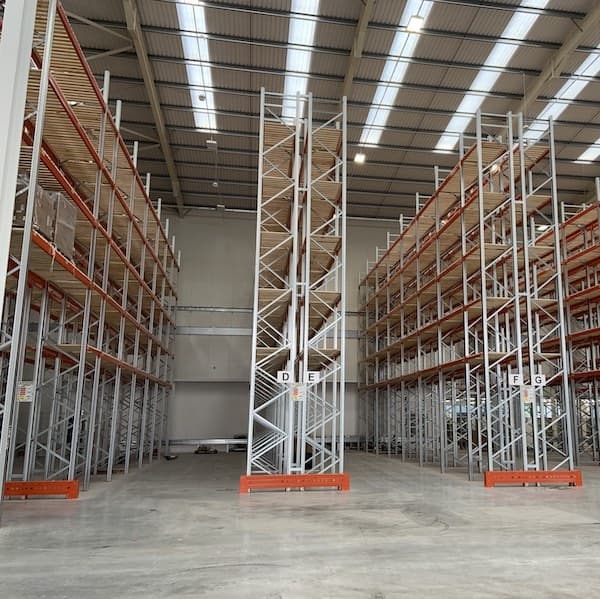- Mezzanine Floors
- Solutions
- Multi-Tier Mezzanines
- Mezzanine Pallet Safety Gates
- Mezzanine Staircases
- Mezzanine Handrails and Balustrades
- Mezzanine Decking
- Fire Protection for Mezzanine Floors
- Mezzanine Lift Shaft Design and Installation
- Resources
- Mezzanine Floor Calculator
- Mezzanine Floor Regulations and Building Control
- Self-Storage Mezzanine Floors
- Self-Storage Units
- Resources
- Self-Storage Site Selection Information
- Calculating The ROI of Self-Storage Conversions
- Planning for Automation in Self Storage
- Racking & Shelving
- Services
- Racking Design
- Racking Manufacture
- Racking Installation
- Racking Inspections
- Retail Racking And Shelving Systems
- Solutions
- Cantilever Racking
- Pallet Racking
- Coil Racking
- Longspan Shelving
- Tyre Racking
- Kimer Racking
- Live Storage Racking
- Drive In & Drive Through Racking
- Clip Shelving
- Mobile Shelving
- Custom Fabrications
- About Us
- USS Case Studies
- Self-Storage Fit-out For Raked Ceiling Building
- Mezzanine And Staircases For Entertainment Venue
- New Mezzanine And Staircases For Major Retailer
- Mezzanine Pallet Safety Gate
- Self-Storage Fit-Out Project For Brand New Facility
- Warehouse Racking, Wire Mesh & Shelving for New Warehouse
- Self-Storage Partition System & Components Installation
- Self-Storage Store Mezzanine And Staircases
- Multi-Tier Mezzanine For Logistics & Distribution Facility
- Warehouse Plant Platform
- Self-Storage Facility Space Expansion
- Mezzanine Floor For Distribution Warehouse
- Bespoke Feature Staircase & Mezzanine
- Single Level, Multi-Use Mezzanine
- Mezzanine For A New Building
- Mezzanine Floor For Plumbing Supplies Warehouse
- New Racking System and Mezzanine Floor
- Car Park Conversion To Self Storage Facility
- Pallet Racking and Cantilever Racking For Warehouse
- Two Mezzanine Floors For Self-Storage Facility In Birmingham
- Our Accreditations
- Contact Us
- USS Case Studies
- A focus on capital cities and major cities
- Markets chosen for their demographics and urban density
- Growth focused on residential housing and commercial mobility
- Labour market statistics, such as employment figures, unemployment and earnings data; and
- Topics, such as ethnicity and qualifications, are broken down by areas, such as regions and local authorities.
The Latest Blogs From USS
Self-Storage Site Selection - A Winning Methodology?
read
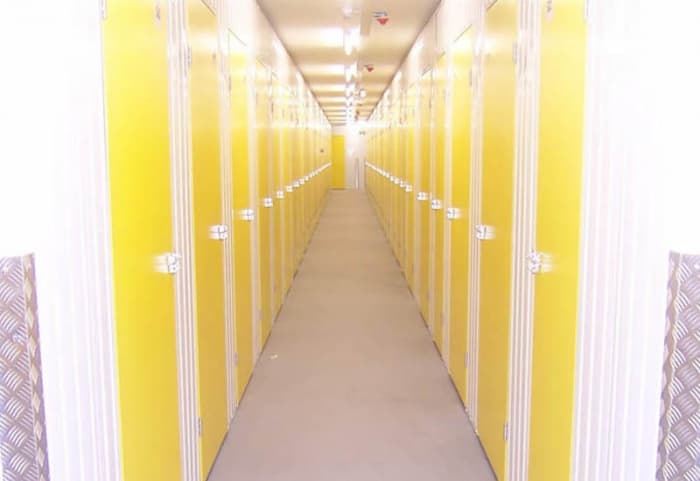
There are many factors to consider when deciding whether or not to open a new self-storage facility. Still, the choice of location may have the most bearing on the success or otherwise of a facility. Get this wrong, and it doesn’t matter how advanced your offering is. Why is that? Well, in our experience, and all things being equal - the basics of security, ease of access and sufficient space being in place - the convenience of location will trump just about everything else when it comes to attracting customers.
There may be exceptions, such as specialist storage facilities for business purposes or niche sectors like art and antiques, which can be located in spots such as out-of-own industrial parks and will be sought out specifically. For the average customer, however, self-storage works best if it is, as described by Big Yellow Storage on their website – ‘like your very own spare room or garage that’s handily nearby, offering convenient home storage solutions.’ The fact that Big Yellow Storage is the UK’s largest single provider of self-storage, with 6.3 million square feet of storage space available, tends to indicate they know what they’re talking about. Still, it’s a sentiment shared by all the other big UK, as well as Europe-wide self-storage operators.
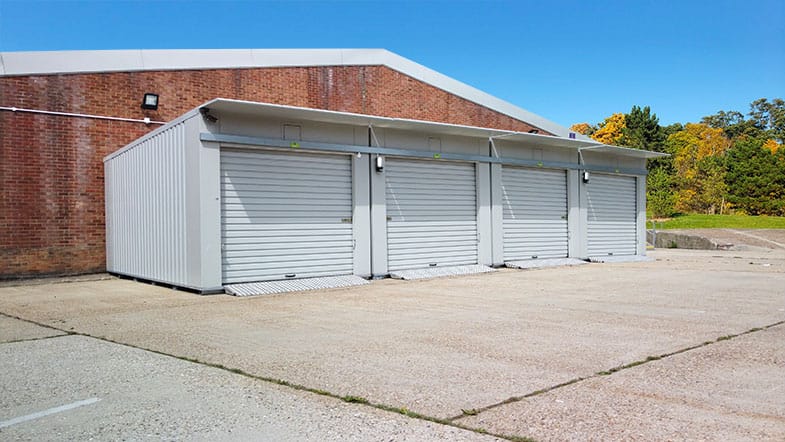
Suppose you look at the annual reports published by the biggest self-storage companies in the UK. In that case, it’s easy to find references to the importance of location in their broader business planning. In the Safestore Annual Report for 2022, there are references to ‘Leading positions in key “space-constrained” European cities’ and ‘the capacity to provide storage locations that are conveniently located close to the customers’ requirements’ while a Shurgard report published in June 2023 mentions the following:
The Lok’nStore Annual Report and Accounts for 2022 mentions the switch that’s taken place in the self-storage industry in recent years, away from sites located in industrial areas to ‘purpose-built stores in retail-facing locations’, as well as highlighting the ‘core focus’ of their strategy, which they describe as ‘the acquisition of highly prominent freehold locations in busy towns and cities in England where we will build well-branded Landmark stores.’
Finally, in their November 2022 Statement of Results, the afore-mentioned Big Yellow highlighted the development of facilities that are ‘located in high profile, accessible, main road locations as well as affirming their focus ‘on the location and visibility of our stores.’
The latest Annual Self Storage Report, compiled by the Self-Storage Association (SSA) of the UK, contains many statistics on the industry and the kind of customers most likely to use self-storage. Statistics that explain why a location in a city centre, or close to a residential area, is of crucial focus to the big operators: 62% of self-storage customers travelled less than 15 minutes to access their storage, with 87% travelling less than 30 minutes. The report also pointed out that customers travelling further than this to access their storage tended to do so less frequently than the average once per month and that, in many cases, they might be using storage whilst travelling or living outside the UK.
Geography plus Demographics - a Powerful Mix
Of course, saying ‘city centre’ is a trifle simplistic, and the ideal location will be based on a study of demographics and geography. Referring once again to the SSA report, it’s fairly clear that the age of self-storage customers, when compared to the UK average, skews a little older, with customers more likely to be aged between 45 and 70 (with those 55-64 years of age being the most common age group). The reasons for this are given as a combination of the fact that older people are more likely to have amassed the scale of possessions that might warrant storage and are also more likely to find themselves going through the kind of life events – moving house, divorce, bereavement – that often prompt people to seek out self-storage. There is a slight caveat to these figures in that they provide a snapshot of a fixed point of time and may have missed younger people using smaller units for a shorter period. Still, it seems clear that the primary users of self-storage tend to be older and – again, according to the SSA report – more affluent. According to the figures, 55% of self-storage customers earn more than the national average wage, with 25% having retired. Finally, for this article, the report states that more self-storage customers own their own homes rather than rent and represent a larger group than the national average. This figure ties in with the age and earning power statistics already highlighted.
To a degree, the why's and wherefore's of the people most likely to make use of self-storage are relatively moot since all that matters in terms of location is that your facility should be within easy travelling distance of enough people matching this profile to make it more likely to be a going concern. Once you have identified a possible location, you can do some of the geographical analysis necessary on your own behalf. Ask yourself if the property is located in an easily accessible position, particularly by car, and whether it is visible to people travelling past to use other amenities (speaking of which, are other amenities that would attract footfall located nearby?). As well as being easily accessible, a potential storage facility location needs ample space outside for multiple vehicles to arrive, park, unload or load, and leave - all without causing any bottlenecks.
Many people now make their first search for self-storage facilities online. According to the SSA Report, 78% of enquiries are now made via a self-storage website, but that doesn’t lessen the importance of the correct location. In the first instance, many people may search for a specific self-storage facility, having spotted the signage while travelling past on foot or in a vehicle, underlining the importance of a location with solid sightlines.
Secondly, no matter how someone finds your facility online, if physical access is difficult (i.e. if its location is on a busy dual carriageway with cars roaring past at 60 miles per hour), people will think twice before using it. Before analysing a possible location theoretically or physically – place yourself in the shoes of a would-be customer and ask yourself how convenient and simple the trip will feel if you want to make it at least once a month, or suddenly have to visit to retrieve an item.
Having established the physical suitability of a location, you need to think about the demographics of that location. Are the people living within a radius of 15/20/30 minutes the kind of people most likely to need to access storage? Is it a densely populated area, and is the housing comprised of smaller buildings such as flats and apartments? If the answer is yes, you may find many people moving in together from separate dwellings needing to store some of their joint excess items. A large student population may not scream ‘disposable income’, but students could require temporary storage during holidays or when moving between student accommodation, and this could influence not so much the location itself but the mix of storage units you install.
If you want detailed demographic information on a specific area, then the good news is that the Office for National Statistics (ONS) offers the Nomis service. You can source the following data from this website, including:
Using Nomis, you can enter the postcode of a potential location and immediately source a wealth of statistical information, from the age of the inhabitants to the number of households owning or renting, their educational qualifications and more granular detail such as the numbers in specific types of employment. You could combine this information with the data from local estate agents on property values and even with something as simple as walking around to get a feel for how affluent an area seems. The bottom line is that you need to get fully informed to build a full picture of whether a location will likely be home to the kind of customers you want to attract.
Pick Your Fights - Check Out the Competition First
Finally, don’t ignore the competition. If there are already self-storage facilities within or close to the location, then of course, this means there’s a self-storage market, but it also means the work to grab your share of those customers could be an uphill slog. In the end, this issue boils down to your sense of whether there is any custom left to gain in the location and whether your facility will be of a quality sufficient to compete with or do better than what’s there already.
This blog is for information purposes only and should not be construed as legal or financial advice and not intended to be substituted as legal or financial advice
This blog is for information purposes only and should not be construed as legal or financial advice and not intended to be substituted as legal or financial advice.
Find Us
S & L United Storage Systems Ltd
United House, The Street
Takeley, Bishop's Stortford
Hertfordshire, CM22 6QR
Company No. 1313816
VAT No. 291616253Say Hello
01279 871 787Copyright © 2025 S & L United Storage Systems Ltd. All rights reserved.
- About Us

